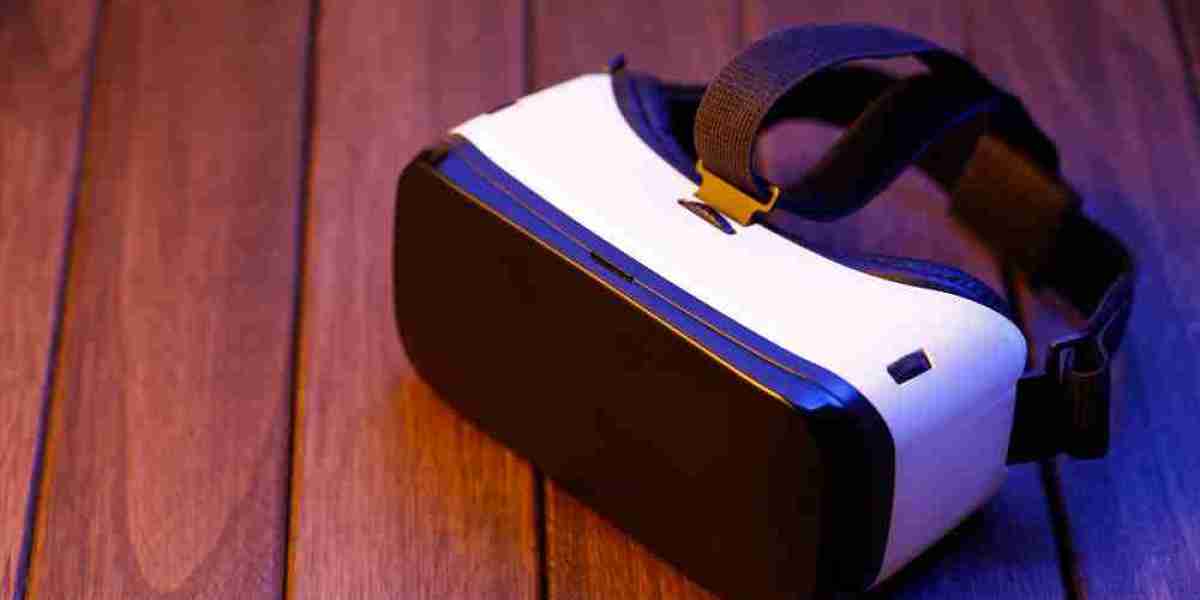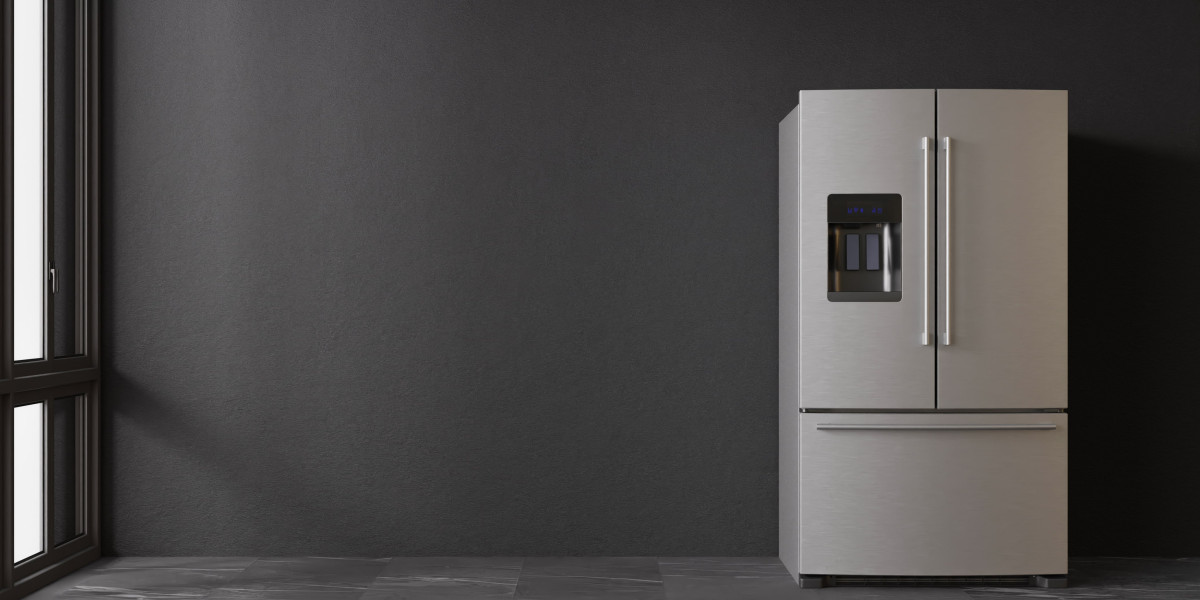The pancake optical module has become a popular choice in augmented and virtual reality devices, thanks to its ability to reduce bulk and provide thinner headsets. However, while it solves the problem of weight and size, it brings along new technical issues. From efficiency loss to durability challenges, the design is not without its drawbacks. To better understand its limitations, it’s important to explore both the problems and the solutions surrounding this optical system. You can learn more about the pancake optical module and its real-world applications by looking at the latest developments in AR optics.
Efficiency Loss Due to Multiple Reflections
One of the most significant issues with pancake optics is light efficiency. Since the module uses multiple lens elements with polarization and reflection layers, it suffers from reduced light transmission. This means displays require higher brightness to compensate, leading to increased power consumption. In AR and VR devices, this efficiency loss not only affects image clarity but also battery performance.
Durability and Material Challenges
Another key challenge with pancake optical modules is durability. The design depends on coatings and polarizers that can degrade over time, especially under extended use or exposure to heat. Unlike simple lens systems, replacing or repairing damaged components in pancake optics is more complicated, which can impact long-term reliability for manufacturers and end-users.
Heat Management Problems
Because these modules need brighter displays to counteract efficiency loss, more heat is generated. Heat buildup can affect both the optics and the electronic components inside the device. Poor thermal management often results in reduced performance and even shortens the lifespan of AR/VR headsets. Developers continue to search for advanced coatings and better materials to manage these thermal challenges.
Cost and Manufacturing Complexity
Producing pancake optical modules is far more complex compared to conventional optical designs. Precision alignment and specialized coatings increase manufacturing costs. This not only makes devices more expensive but also limits scalability. Manufacturers need to balance performance with affordability to ensure these devices reach mass-market adoption.
Possible Solutions and Improvements
While the challenges are significant, solutions are emerging. Advanced anti-reflective coatings, improved polarizer materials, and hybrid designs combining pancake optics with other lens technologies are being tested. Innovations in display brightness efficiency may also reduce power consumption and heat buildup. Some companies are even exploring entirely new architectures that keep the slim design benefits while addressing performance gaps.
For businesses and researchers aiming to integrate these technologies, reviewing the pancake optical module specifications and comparing material innovations is crucial for overcoming these challenges.
Conclusion
The pancake optical module is a breakthrough that allows AR and VR devices to be lighter, smaller, and more comfortable. However, its limitations in efficiency, durability, and heat management remain a challenge for engineers. By developing better coatings, materials, and hybrid solutions, the future of pancake optics looks promising. As the AR/VR industry continues to grow, addressing these issues will determine how effective and sustainable pancake modules can be in next-generation devices.




